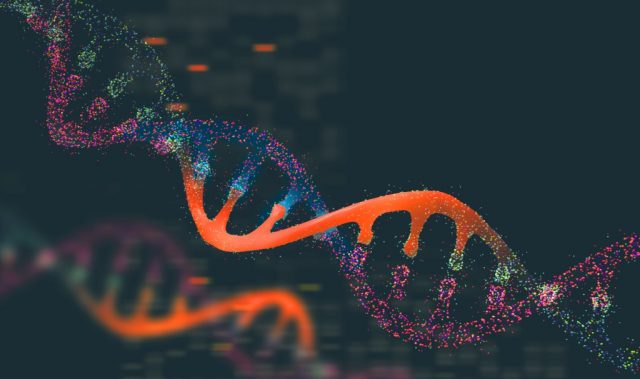

AsianScientist (Oct. 31, 2014) – Like most wet laboratory biologists, I can do great things with a pipette. Sit me down at a computer with a Unix prompt and a few gigabytes of sequence data that my own experiments have generated, however, and I am instantly out of my comfort zone.
I work on dengue virus and the mosquitoes that transmit it, and have plans for using sequence data from both these organisms to study host-pathogen interactions. Thanks to advances in next-generation sequencing (NGS) technology, researchers can now generate genome-scale data more cheaply and easily than ever before. Then comes the hard part—making sense of the resulting mountains of sequence information, and sifting out biologically relevant patterns from amidst the noise.
For someone with little background in the area, the computer programming skills and bioinformatics concepts needed to handle and think about data on this scale can be a challenge to pick up from scratch.
A trip to Tunis
I recently had the opportunity to brush up on these skills when I attended the EMBO Global Exchange Lecture Course “High Throughput Next-Generation Sequencing Applied to Infectious Diseases” in Tunis, the capital city of Tunisia. The course was organised by researchers at the Pasteur Institutes in Paris and Tunis, with the aim of helping participants bridge the divide between biology and bioinformatics.
My classmates came from diverse scientific backgrounds—between the twenty of us, we studied a menagerie of viral, bacterial, fungal, and parasitic pathogens. Over two weeks, we received a crash course in methods for processing, visualizing and interpreting NGS datasets. I most appreciated the hands-on computer sessions, during which we practiced running programs and scripts on real data.
Tunis, after being occupied by one empire after another over the course of its rich history, is a unique confluence of cultures, and I never grew tired of hearing people switching effortlessly back and forth between Arabic and French. We visited the ruins of Carthage (an excursion that has earned me the envy of my history geek friends) and on the morning of my flight home, I made a last minute dash into the highly underrated Bardo Museum, which is packed with jaw-droppingly detailed mosaics dating back to antiquity.
For many of us, it was our first time setting foot on the African continent. Not so far away, the Ebola outbreak in West Africa was gathering steam and Sierra Leone had just declared a three-day lockdown in a bid to control the spread of the disease. In a roomful of infectious disease researchers, including several from African countries such as Kenya and South Africa, the topic naturally came up a lot in conversation.
Can NGS make a difference?
It got me thinking about whether NGS data can really have an impact on how disease outbreaks are controlled. It’s rare for pathogen sequence data to be analysed as an outbreak is playing out; most of the time, this is only done months or years after it has died out. Given the severity of the Ebola situation, research activities are bound to take a backseat as personnel and resources are directed towards emergency medical care and public health protection measures.
Against these odds, however, researchers and medical staff in Sierra Leone and the US recently published an NGS analysis of Ebola virus isolates from the initial phases of the ongoing Sierra Leone outbreak. This has yielded important discoveries—for example, that the outbreak most likely originated from a single event when the virus was transmitted from an animal to a human. Research from other groups points to bats as a likely animal host.
The study also showed that the virus is steadily accumulating mutations, some of which occur in regions of the genome that are currently targeted by diagnostic tests. It’s also possible for mutations to reduce the efficacy of experimental vaccines or drugs such as ZMapp, the antibody cocktail that has already been used to treat several Ebola patients.
Monitoring these changes will allow control strategies to be tweaked so that they remain one step ahead of the virus—diagnostic tests, for example, can be updated to maintain their accuracy. Further sequence analysis, coupled with experimental work, could also identify mutations that affect disease severity in humans or the ability of the virus to spread.
Tragically, by the time the study was published in late August, six authors based at the Kenema Government Hospital in Sierra Leone had died of Ebola. The story of the hospital’s attempts to persevere in its research efforts while grappling with the outbreak is wonderfully told in a Nature feature.
With NGS, we now have the means to track changes in outbreak pathogens almost in real time. Importantly, the technology is becoming more accessible to researchers in developing countries, thus removing delays caused by having to ship samples overseas for sequencing. In a public health crisis, this information, and the ability to interpret it, could make a crucial difference.
This article is from a monthly column called The Bug Report. Click here to see the other articles in this series.
———-
Copyright: Asian Scientist Magazine; Photo: Sim Shuzhen.
Disclaimer: This article does not necessarily reflect the views of AsianScientist or its staff.












